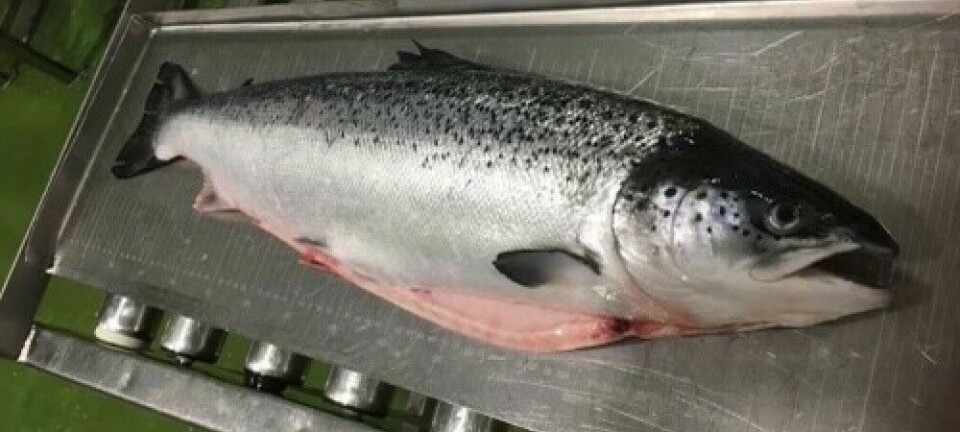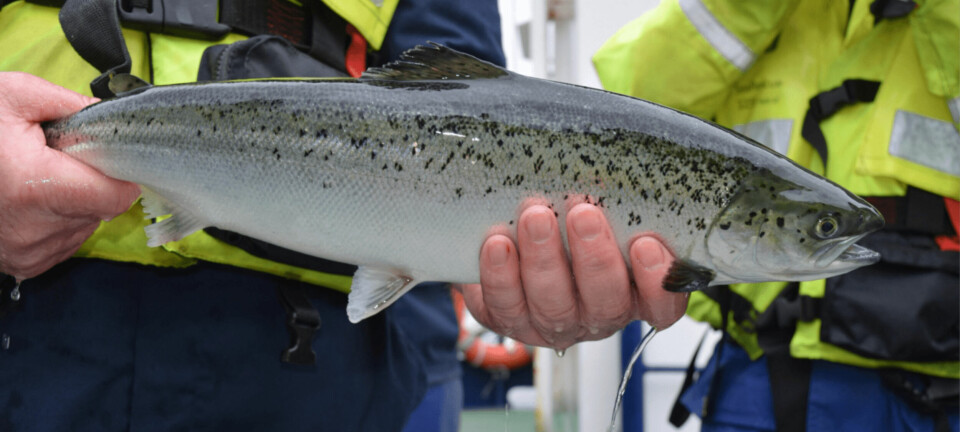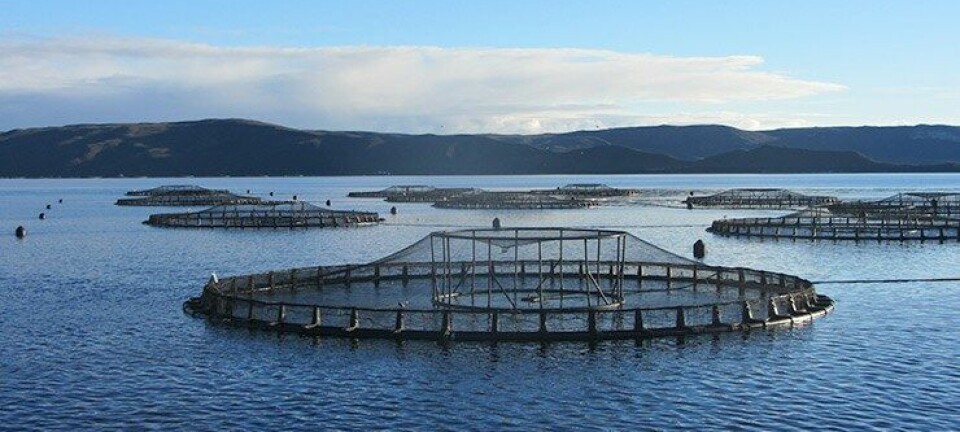
Salmon spot price 'may drop to €6 per kilo' in second half of 2025
Analyst says US tariffs will divert more fish to Asia and Europe, prompting discounts
A market analyst today predicted that spot prices for farmed salmon will trend lower in the second half of this year, with €6-6.5/kg likely becoming the new norm, compared to the €8/kg average seen in 2023.
The forecast by Kontali chief analyst Philip Scrase comes against the background of new tariffs on imports to the United States.
From tomorrow, the US will implement duties of 20% on EU salmon, 15% on Norwegian salmon, and 10% on salmon from Scotland, Iceland, the Faroes, and Chile.
Canadian salmon is currently exempted from tariffs under a 2020 free trade agreement between the US, Canada, and Mexico.
Increased supply
The tariffs arrive as global supply of farmed Atlantic salmon is already expected to rise, adding additional pressure on prices, said Scrase in a weekly market note.
“Chilean exporters are likely to feel the most direct impact, as they are highly reliant on the US retail market and have limited flexibility to redirect volumes,” he added. “With tariffs raising costs, it may prove difficult to push prices on to US consumers, potentially reducing Chilean export values.”
Norwegian and Faroese producers will also be affected, especially those focusing on the US retail market for fillet products.
The likely loss to US consumers will be a gain for Asian and European consumers, as volumes that were previously heading to the US may now need to be redirected to these markets. This shift could require discounts or promotional activities, given moderate demand, wrote Scrase.
May hurt US processors
He added although Canada’s exemption from tariffs gives it a competitive edge in premium whole fish segments, the country’s limited volume capacity means the global supply-demand imbalance remains unresolved.
With the US accounting for nearly 25% of global Atlantic salmon consumption, the tariff change is significant within the country, too, the analyst wrote.
However, early signs suggest the effects may be less severe than originally feared, thanks to Canada’s tariff exemption and the scaling back of some expected tariff rates.
“Nonetheless, the introduction of tariffs in a market with limited domestic production raises questions,” wrote Scrase. “The move may hurt US seafood processors and consumers more than it helps domestic producers, particularly in the retail sector, where price sensitivity is high, and substitutes are limited.”























































